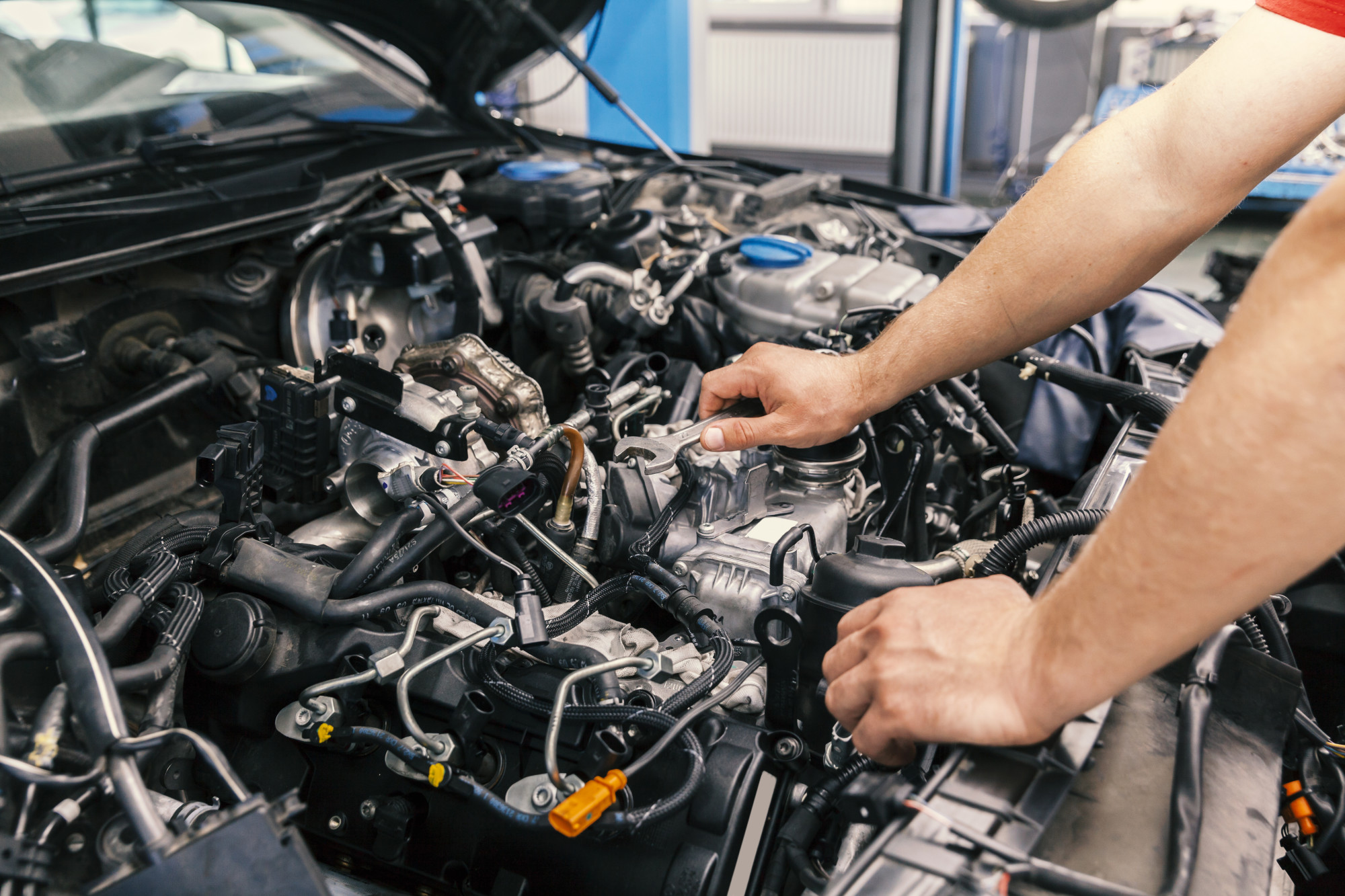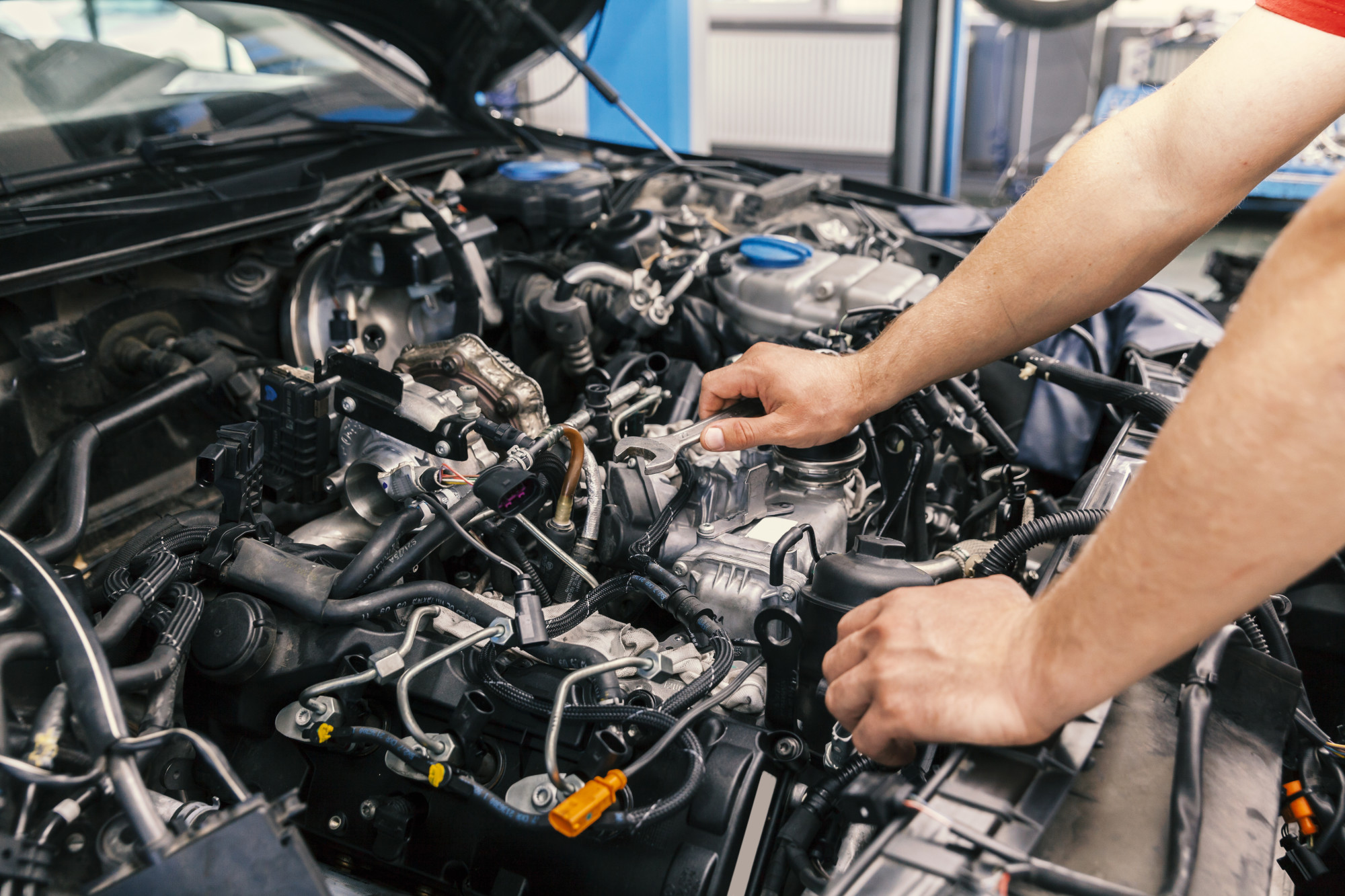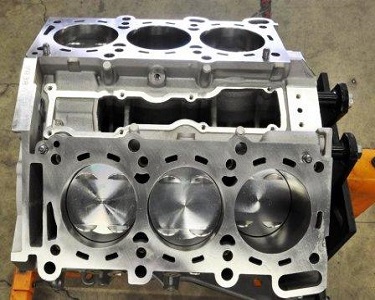
The most common sign when your engine burns oil is an excessive amount of smoke. When this smoke takes on a bluish color it’s time to start looking into a possibly serious engine issue. I stress the word possible in the previous sentence. Although blue smoke often means a worn out engine, other less likely reasons can turn out to be the root cause. Here we’ll review five reasons an engine burns oil.
Why is the Smoke Blue
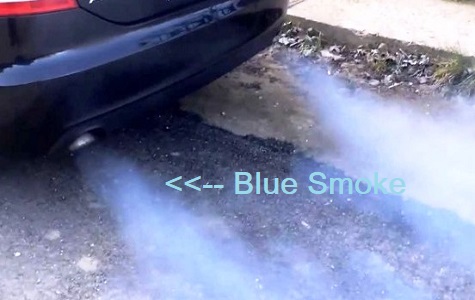
The oil is meant to lubricate the moving parts throughout the entire engine. However, it’s not meant for this oil to reach the combustion chamber. When a petroleum product burns it produces heavy smoke. In fact, the smoke takes on an unmistakable bluish tint. So when we see clouds of blue smoke coming from the tailpipe, we need to find out how and why the oil is reaching the combustion chamber.
Before we move on to the five reasons your engine burns oil, let’s talk about the amount of smoke from the tailpipe. The amount of blue smoke becomes an important measurement and provides some clues into the possible causes of the issue. The total output of smoke points to how serious the problem is. Furthermore, the timing can also provide some clues.
As an example, if a blue puff of smoke becomes visible after starting a warm engine and then disappears, it points to a valve train problem. If the bluish colored smoke pumps out steady, despite engine temperature, this points to an engine problem like worn rings or scarred cylinder walls. When you take this car to a professional mechanic provide your observations as these can help reduce diagnostic time.
Using the Wrong Engine Oil
 Of course, it’s important to use the recommended engine oil. I’m talking about the recommendation in the owner’s manual or the one that’s provided on the oil fill cap. They manufacture modern engines with tighter tolerances and therefore use a thinner weight engine oil. Today we find 0W-20 and 5W-20 oils installed.
Of course, it’s important to use the recommended engine oil. I’m talking about the recommendation in the owner’s manual or the one that’s provided on the oil fill cap. They manufacture modern engines with tighter tolerances and therefore use a thinner weight engine oil. Today we find 0W-20 and 5W-20 oils installed.
Engineers designed these special lubricants to reduce resistance and thereby increase fuel economy and horsepower. Again this type of petroleum product belongs in the automobiles manufactured to utilize them. Installing a 0W-20 viscosity product on your 1990 Chevrolet Silverado pickup truck is a bad idea. Stick with the 10W-30 recommended by the manufacturer.
Engine Valve Seal Problems and Blue Smoke
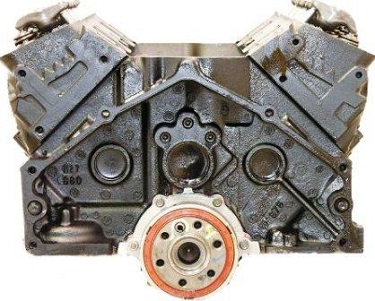
It’s never a good thing when you see blue smoke coming from the exhaust. With that said, if a small amount of blue smoke comes out when the engine is first started the problem is often repairable. This condition points to a valve seal or valve guide issue.
The valve seals stop oil from dripping into the combustion chamber. When these seals become worn, they can allow small amounts of oil to drip down the valve stem. It’s important to recognize, that in this situation, after the engine is run for a while, the smoke disappears.
They install the rubber seals under the valve spring and they cover the top part of the valve guide. As you can imagine this part of the engine builds extreme heat. The rubber valve seals can shrink and become brittle. Replacing the valve seals isn’t an easy task. And it can cost hundreds of dollars. But it’s better than a major internal engine problem.
Engine Valve Guides with Excessive Clearance
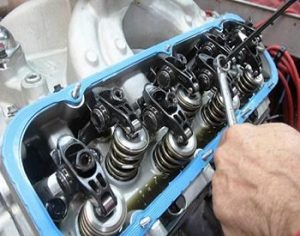
The engine valve guide is an integral part of the cylinder head. This is a precisely machined hole that holds the valve stem firmly, yet still allows free movement. We call the distance between the stem of the valve and the guide that holds it the clearance.
If the valve guide wears and the clearance becomes excessive between the stem and the guide, oil can make its way down into the combustion chamber. In this situation you get blue smoke on engine startup that reduces in quantity as the engine warms up. Professional auto repair manuals include a specification for this valve guide clearance.
We usually take this measurement when performing the valve seal replacement procedure described above. Again, excessive valve stem clearance remains a better situation than needing to replace an entire engine. In fact, depending on the measurement, we can improve clearances by knurling the valve guides. This process includes the use of a special tool that operates inside the valve guide.
Worn Engine Piston Rings
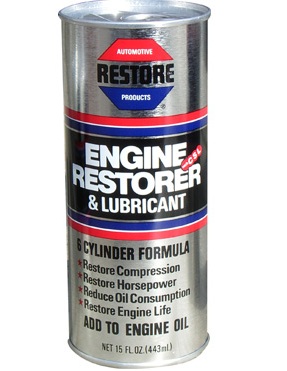
As we progress down this list of five reasons your engine burns oil the causes are becoming more expensive to repair. Now it’s time to talk about worn piston rings. Unfortunately we often associate this problem with very high mileage engines.
And therefore it could ultimately lead to an engine replacement. Each piston carries three separate rings. Engineers designed the two upper rings to seal the combustion chamber. The lower ring we call an oil control ring. On the downward stroke this control ring scrapes off excess oil into the oil pan.
As the control ring wears it leaves more oil on the cylinder walls. In addition, worn compression rings allow this left over oil to make its way into the combustion chamber. Automotive technicians use a compression test to diagnose this internal engine problem.
First, they initiate a dry compression test and compare the readings to the specifications outlined in the service manual. Next, we remove the spark plug and add a small amount of oil to the top of the piston. Then we take another compression test. Technicians call this a wet compression test. Subtracting the dry test from the wet test provides an indication of the level of wear of the piston rings.
Cylinder Wall Damage and Wear
On the higher mileage engines that show signs of piston ring wear, cylinder problems can also occur. In fact, the cylinder walls themselves can get nicked and scratches in them. This happens with neglected engine oil changes and small pieces of carbon from the combustion chamber working past the rings.
In addition to cylinder wall damage these perfectly round cylinders can become egg shaped. Again this happens on high mileage automobiles. Believe it or not engine machine shops can cure this issue. However, it requires boring out the cylinder and installing a stainless steel sleeve in all cylinders. Replacing the engine with a junkyard unit or a rebuilt engine becomes a less expensive repair. With that said, it might make sense on a classic car that still has the original engine installed. Sleeving the motor can retain the value of a numbers matching classic car.



